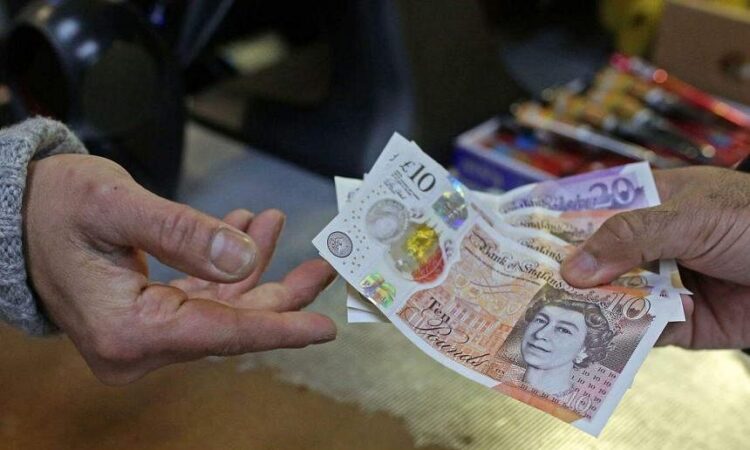
LONDON – Just a few months ago, it was a no-brainer to bet against the British pound.
Talk about the currency tumbling to US dollar parity was everywhere during Ms Liz Truss’s disastrous premiership. Hardly anyone was optimistic about a country on the brink of its longest-ever recession.
But the bleak views are proving to be overstated, at least for now.
The pound has roared back this year, delivering the best performance of any major developed currency. Strategists are turning more positive too, with Nomura Holdings, NatWest Markets and HSBC Holdings saying the rally will continue.
“The reality is, things aren’t as bad as everyone worried they would be,” said Mr Dominic Bunning, head of European foreign exchange research at HSBC. “It’s only now that people are starting to wake up to this idea.”
To be sure, the British economy is not in good health. Inflation remains sticky and the International Monetary Fund said last week that Britain is likely to suffer one of the biggest rises in unemployment amid an economic contraction.
But after 11 back-to-back interest-rate hikes, the pound is an appealing destination for investors compared with the dollar, as US traders position for the Federal Reserve to reduce rates already this year.
The pound is up nearly 5 per cent against the US dollar on a total returns basis, which factors in interest as well as price moves, data compiled by Bloomberg show. Sterling briefly hit a 10-month high of US$1.2546 on Friday.
Back in November, the Bank of England pushed through its biggest interest-rate increase in 33 years, accompanied by dire predictions about the economy. Now, recent data including surging retail sales and stabilising house prices suggest the blow isn’t so deep, and the BOE is no longer expecting a contraction this quarter.
Not everyone is convinced that the pound’s run can continue.
Mr Valentin Marinov, head of G10 currency research at Credit Agricole, sees a return to US$1.23 or lower by the end of the quarter.
Consumer confidence remains weak even after bouncing off October’s record low, with the threat of higher mortgage rates still looming for many households.
“Despite the fact that the UK outlook is now less dire, I think that the Monetary Policy Committee will remain divided on the need for further aggressive rate hikes,” he said.
A “less-dovish-than-expected” pivot by the Fed, as well as fears over a global recession, could also weigh on sterling as risk appetite wanes, he added.
While a reduction in short positions on the pound is a symptom of the broader optimism in British markets, it could also leave the currency more vulnerable to negative shocks if fresh cracks emerge, according to Ms Jane Foley, head of forex strategy at Rabobank. She sees the pound trading in a range of US$1.20 to US$1.26 in the coming six months.
“There has been a repricing from a hideously gloomy outlook for the UK to just a gloomy outlook,” she said. “Has the market really got the momentum to lift cable significantly? I doubt it.”



